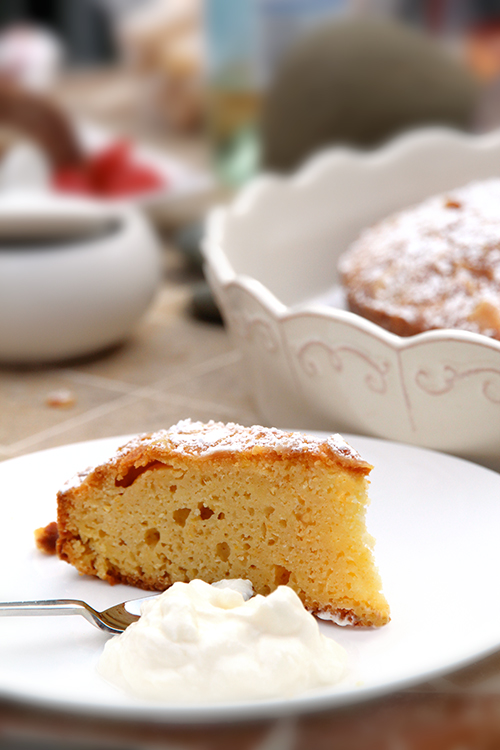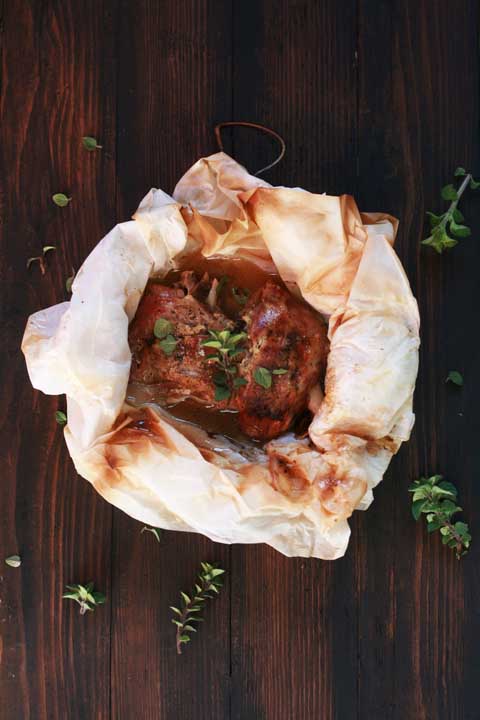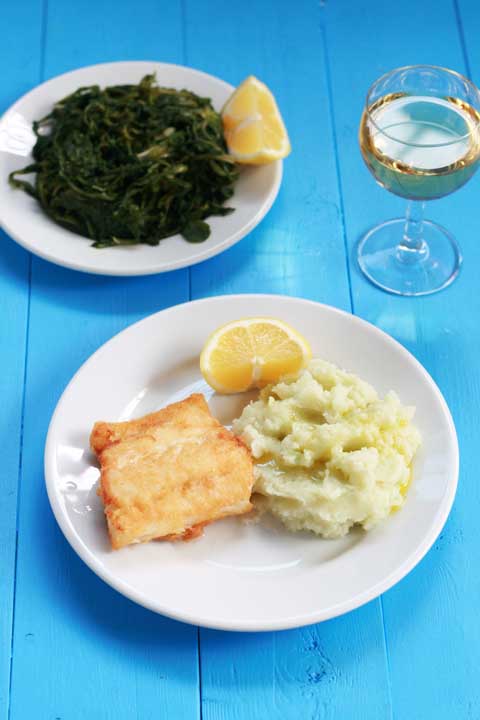Greek Orange Cake with Honeyed Yoghurt for my mum's birthday

If it wasn't for Tony quietly practicing a few Greek words with my dad in the back corner of my sister's back garden, you wouldn't know the family that gathered together yesterday for afternoon tea was Greek. Both my parents are Greek but my family is not at all traditional. Growing up we didn't speak Greek, we didn't cook much Greek food and we didn't follow any Greek traditions. Adding to this, my mum, Fifi, is fair-haired and fair-skinned which, to the untrained eye, greatly dilutes our credibility as a 'real' Greek family. In fact, as a child Fifi looked a lot like Shirley Temple. Her mum even dressed her to look like the child movie star, as you can see below in the Fifi vs Shirley Comparison Table . I've told you a little about my mum's upbringing in a travelling family, and how connecting with traditional Greek culture wasn't something that came naturally to them. Her father, Nicholas, was a cotton merchant and the family moved from c








